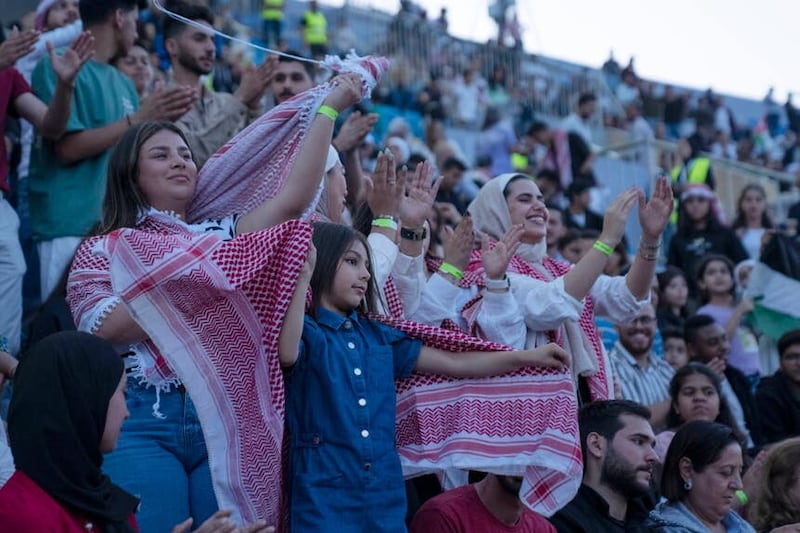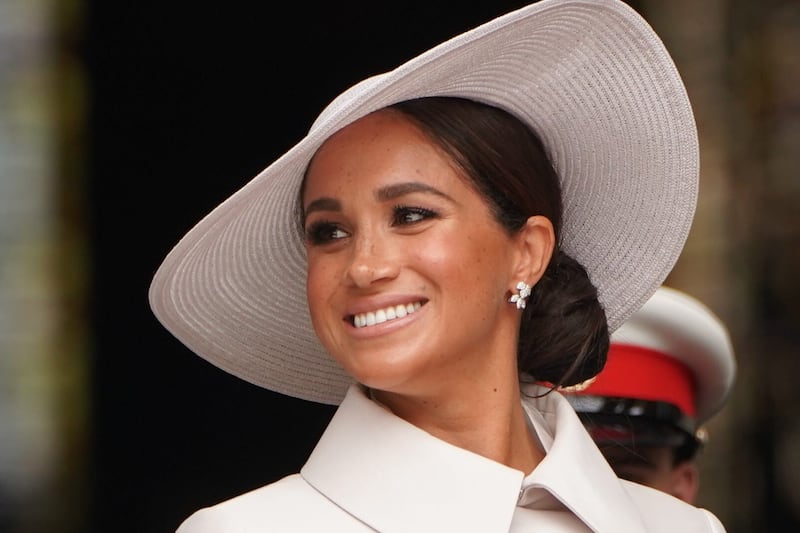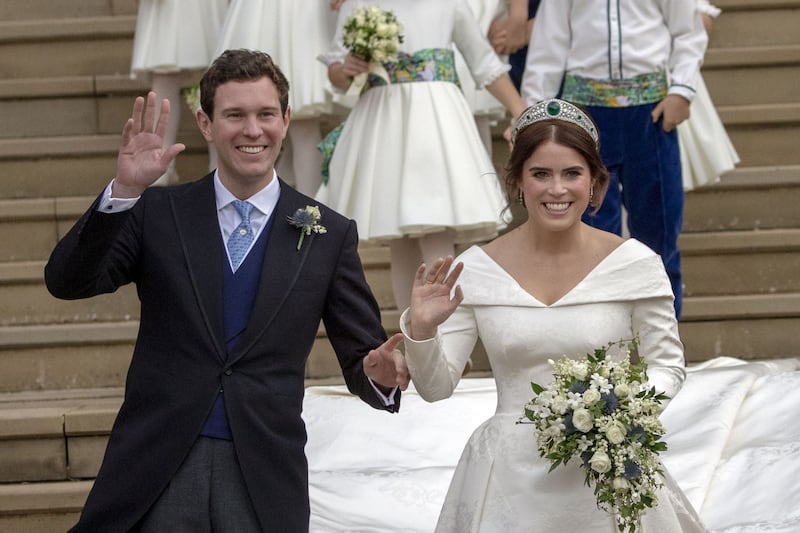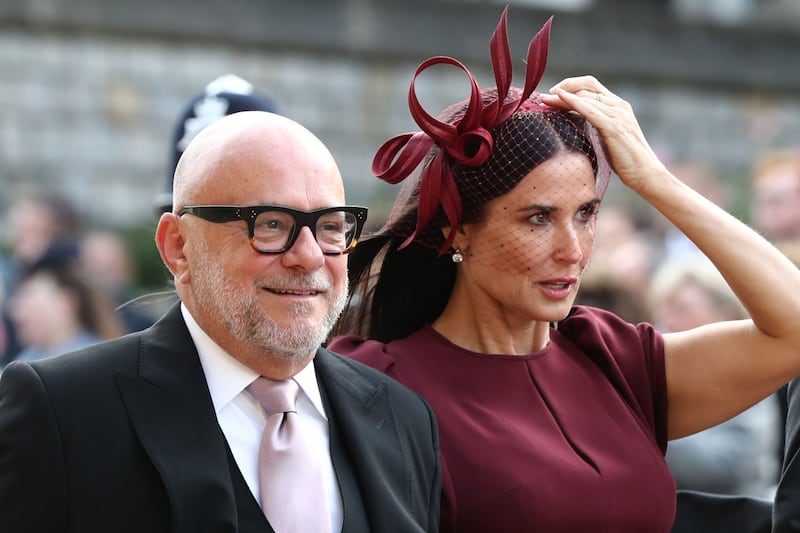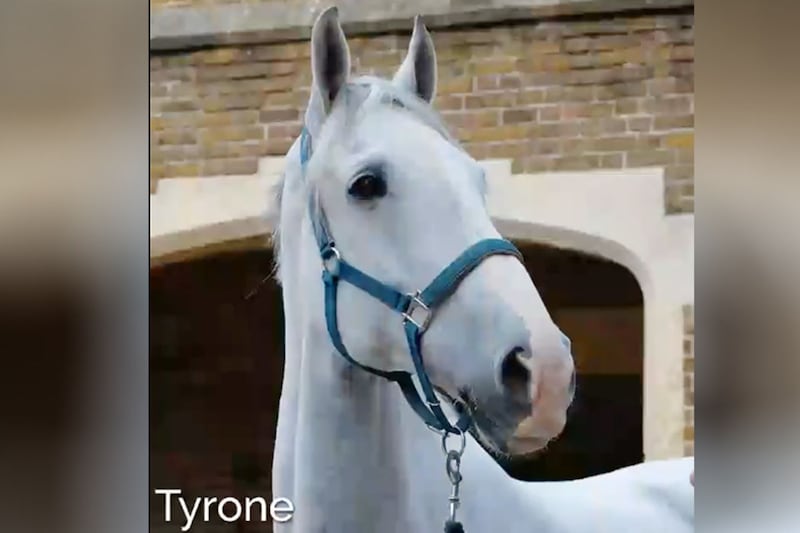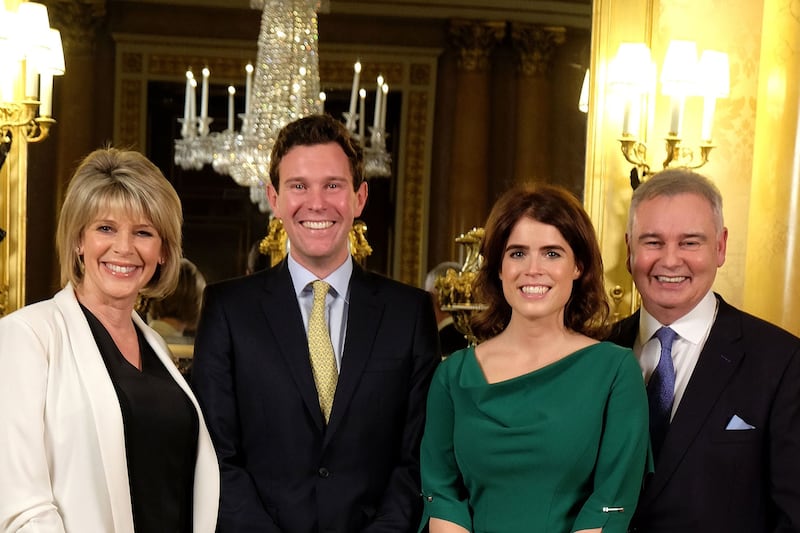THIS weekend American actress Meghan Markle will marry her Prince Harry at Windsor Castle. The whole world will be watching.
She’ll be ferried to her nuptials in a horse-drawn carriage, no doubt, attended to by footmen straight from the pages of a fairytale. She’ll wear a beautiful big dress and her handsome husband will meet her at the top of the aisle, dressed to the nines. Kings and queens and the most important people in the land will look on as the couple say their vows. The church bells will ring out and the happy couple will waltz off into the sunset to live happily ever after in their beautiful castle.
My seven-year-old daughter, and no doubt little girls up and down the land, are excited to see the spectacle on Saturday.
The news is never off the television in our house and the royal wedding is worldwide headlines. Meghan’s story is her bedtime story come to life. A beautiful but ordinary girl catches the eye of royalty, is swept off her feet and becomes a princess.
And it’s a nice story to tell. But Meghan is no ordinary girl. She is an accomplished actress, an activist and a former United Nations women’s advocate and will be the first biracial American divorcee to marry into the British royal family. I told my girl this, hoping she would see beyond the fairytale.
We girls are fed the alluring princess myth from a young age. Through our story books, through Disney films and television cartoons we are told that in order to be happy we have to find ourselves a prince – a real one, or otherwise – and get a ring on that finger as soon as possible. The end.
We have an underlying desire to look and feel like a princess, we dress up as princesses at play time, falling totally under the spell of puffy dresses and plastic tiaras. The shimmering white pageantry of our First Communion and wedding days also pays glittering testimony to that notion.
The princess paraphernalia – the dolls, the costumes, the tiaras – all imply that the greatest living achievement of a young woman is to be considered beautiful enough to catch the eye of a prince or her prince equivalent in a mere mortal man.
The challenges faced by women in the world, in the workplace and in society in general are great enough without princess pressure thrown in the mix.
I don’t remember the finer detail of actually being a princess being discussed in any of the fairytales I read. I don’t recall them outlining that to become one you’d have to sign up to having no privacy, being followed everywhere by the paparazzi and a security detail in case you get kidnapped, have your every move watched, analysed and criticised and never be able to go outside of the house looking less than level seven princess perfect, even four hours after having a baby.
In our fairytale stories our princesses tend to lay limply waiting to be rescued by their knight in shining armour, their prince charming, before getting the ultimate reward of becoming his wife.
But princesses have evolved, thankfully. From the days of Cinderella times have changed dramatically. Our princesses are no longer whisked straight from their parental home to the altar to get hitched: they generally fit in some manner of life experiences prior to tying the knot.
The 19-year-old Diana was a nursery school assistant. Kate Middleton earned a university degree. Meghan has been married before, divorced and was a hugely successful actress with her own high profile, strong beliefs and the confidence to voice them.
I’m glad Meghan is pushing the boundaries further and showing millions of princess-infatuated little girls that they don’t need a man to rescue them, they can be strong, independent, modern women who can and will use their intelligence, skills and raised platform for the good of others.


